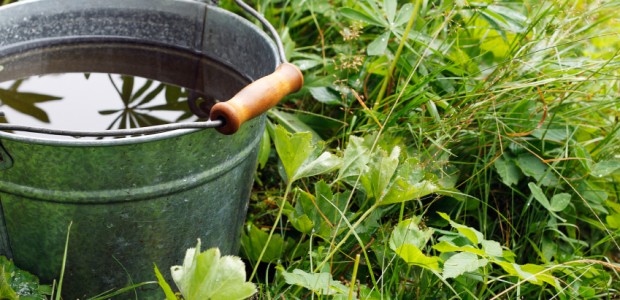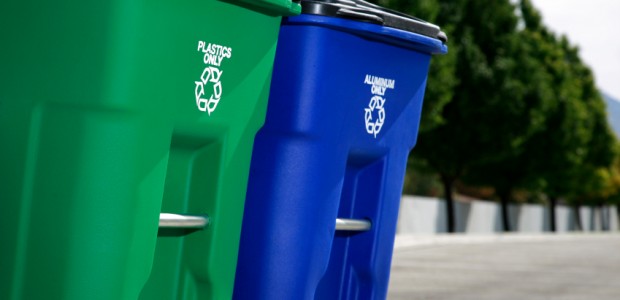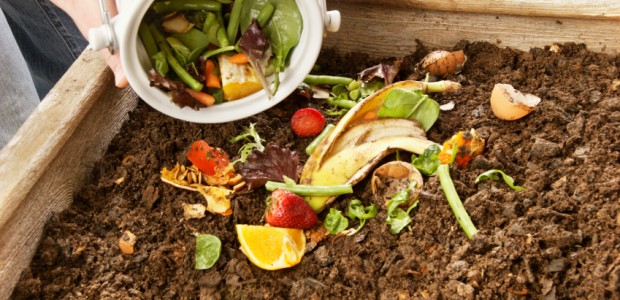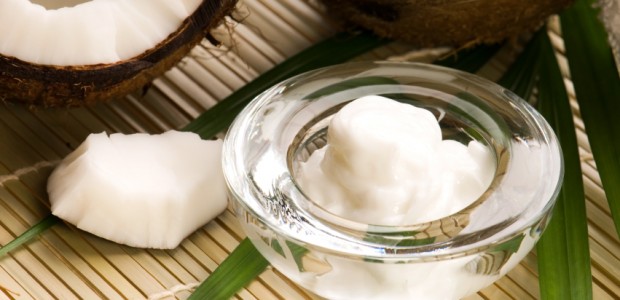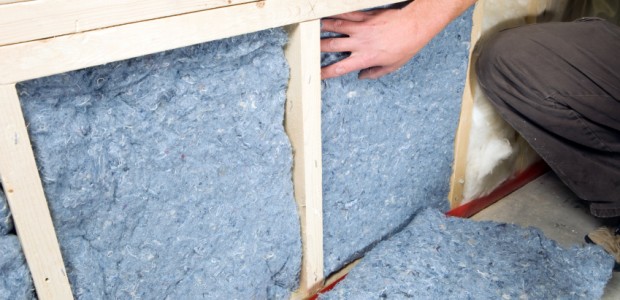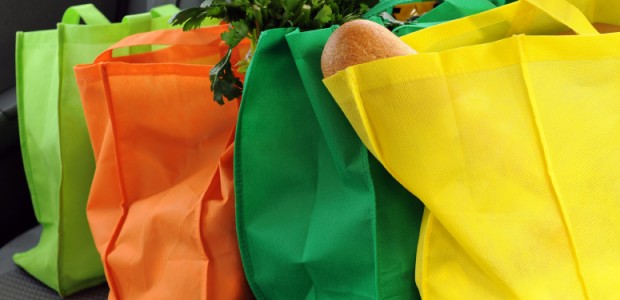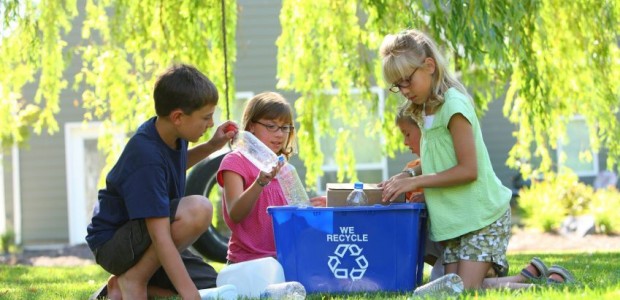In honor of National Pie Day, we have decided to share a delicious Strawberry Pie recipe with you. Strawberries are currently in season, so be sure to pick some up from your local farmer’s market.
Sweet Strawberry Pie
Ingredients:
1 C- Sugar
1 C- Water
3 TBSP- Strawberry gelatin Mix
3 heaping TBSP- Cornstarch
1 Pint Fresh Strawberries
1 pie crust
Optional Ingredients:
Whipped cream cheese
Whipped cream (for topping)
Graham cracker crust
Directions:
Combine sugar, cornstarch and dry gelatin mix by stirring well. Add water and cook until thick and clear over medium high heat. Make sure to stir constantly to prevent scorching. Set aside and let cool.
Wash and trim fresh strawberries (trim off the tops and the bottoms too if they aren’t “pretty”.) Cut in half and arrange over pie crust. When the filling has cooled (room temperature) pour over fresh strawberries.
Chill until served.
Additional notes:
You can garnish with whipped cream if desired! Sometimes when we make this we use fat free cream cheese, whip it with the mixer, and line the bottom of the pie crust (some say it helps to prevent soggy crust, we think it tastes delicious!) You can also make your own pie crust or use the premade ones!
Nutritional Info (approximate) Servings: 8/Amount per serving: 1/Calories per serving: 320/Total Fat: 14g/Cholesterol: 15mg/ Sodium: 180mg/Total Carbs: 48g/Dietary Fiber 3g/Protein 3g.
Recipe adapted from the Southern Living.

